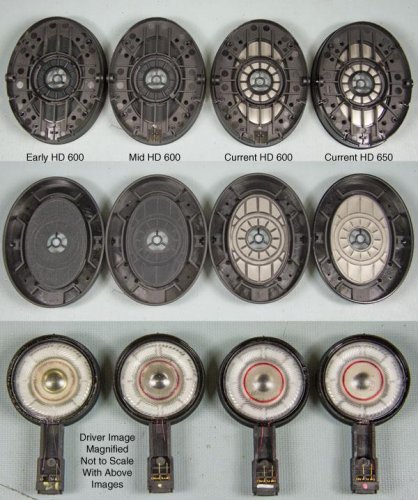Sounds like your friend has a stronger expectation bias.
It's easy to do A/B comparisons of cables. Just use a switch box or switch between inputs on your amp.
It doesn't matter though, because the difference if it even exists doesn't add up to a hill of beans. There are much more important things to address to get better sound quality than wires. I think worrying about cables is a waste of time.
Well, your first statement shows your bias!

.
note, that a was humor
As for a switch box, I built a pretty good one (
link here), but that cannot really be used to test an RCA cable. I have used it to test DACs. My DAC has one output, and my amp has one input. Even if the amp had two inputs, the test wouldn't be accurate since there would be a cable between the DAC and switch box, the wiring in the switch box, and the switch itself, all in the signal path that would not normally be there if the cable was point to point (DAC to amp).
While there are subjectivists that claim they can hear minute differences (I cannot), for audio I pretty much trust measurements to determine if there is a difference. Once a difference has been determined, then obviously one needs to listen to determine which one is preferable. Not having the right tools to measure can be expensive and require a lot of know how, so dropping back to just listening is often the easier, but less scientific, solution.
Thanks for all the responses. I picked up the Monolith cables on sale ($20 shipped for two), and I cannot hear any difference between them, blue jean cables, or home made ones. The monolith cables, however, are well made and don't fall out like the MonoPrice "premium" cables. Not falling out is important to me

As for the multi wire cable I was thinking of making, well, it was mostly for fun. I didn't expect there to be a scientific reason for it to sound better, but I thought I'd ask. Good to have what I thought to be true confirmed.
If you would like a chuckle, read my review of the
Pangea AC-14 cable on Amazon.





 . I usually do that to "test the water" when I have no idea how I could properly do the blind test, but I'm just too curious to do nothing.
. I usually do that to "test the water" when I have no idea how I could properly do the blind test, but I'm just too curious to do nothing.



